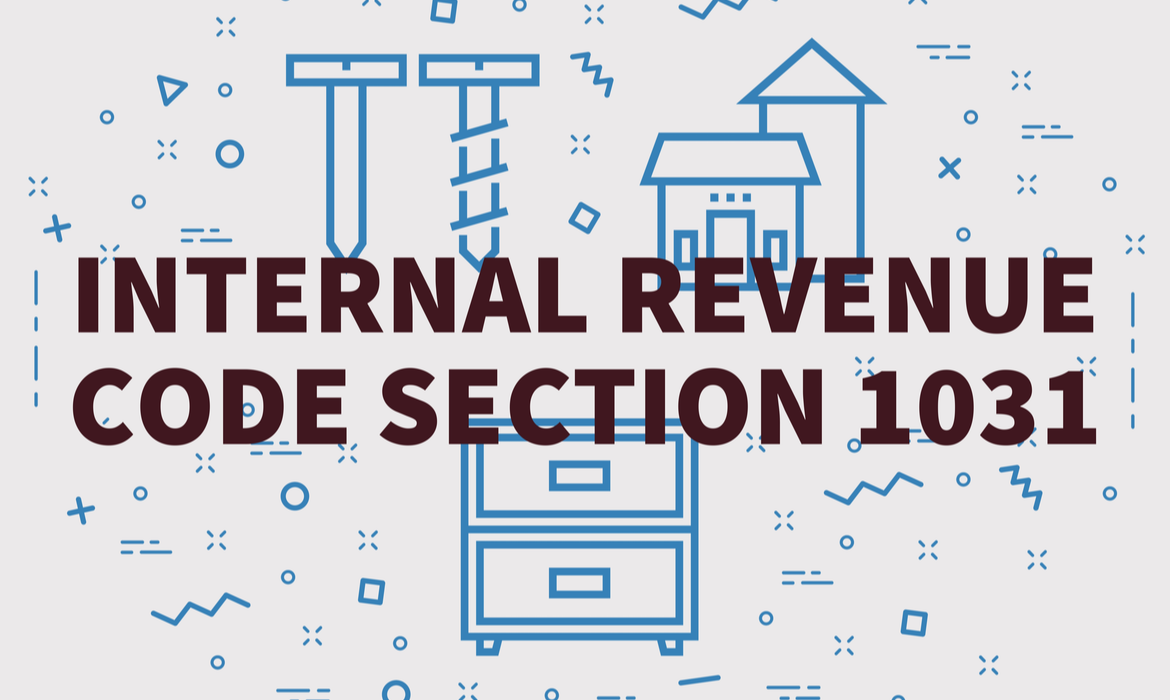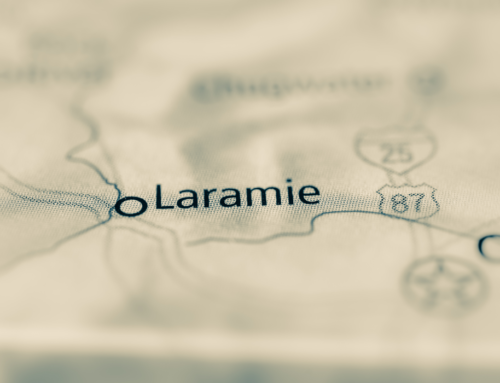Project Description
Like a house or plot of land, mineral rights are considered real property. As such, they are subject to the same tax treatment. This is good news for mineral rights owners as it allows them to take advantage of 1031 Exchanges. 1031s, sometimes referred to as “Like-Kind” or “Starker” Exchanges allow a mineral rights sellers to invest the proceeds from a sale into the purchase of another property, without having to pay any taxes on the initial sale. Instead, investors are allowed to defer the recognition of any capital gains taxes – potentially indefinitely. In order for mineral rights to qualify for 1031 treatment, the property must be held for investment, and not for resale or personal use (personal use wouldn’t really apply to mineral rights and instead is referencing a person’s residence). For most owners, mineral rights will almost always qualify for 1031 treatment.
To see the power of a 1031 exchange, let’s look at a simple example:
Joe Landowner inherited 40 acres of mineral rights from his father 10 years ago. He has been receiving small monthly checks from the oil company his father signed a lease with 30 years ago. Joe receives an offer to sell his mineral rights for $500,000. Joe has been thinking about buying an apartment building to earn passive income. How can Joe take advantage of a 1031 and use the proceeds from a mineral sale to help purchase an apartment building?
First, the profit from a mineral sale needs to be determined. To do this, Joe needs to know what the mineral rights were worth when he inherited them from his father 10 years ago. After consulting with his accountant, its determined the minerals were worth $50,000 when they were inherited. Thus, $50,000 is Joe’s basis in the property. This means Joe has a profit of $450,000 ($500,000 – $50,000) on the sale. Since Joe has owned the mineral rights for more than 1 year, they qualify for long-term capital gains treatment. Long-term capital gains are generally taxed around half of ordinary income. In this case, let’s assume Joe will owe 20% in taxes, or $90,000 (20% x $450,000).
If Joe opts to not do a 1031, he will have to cut a check to the IRS for this $90,000. However, if he decides to use the proceeds to purchase the apartment building for $500,000, he will not pay ANY taxes until he sells the apartment building (if he ever does – if he doesn’t, he won’t ever pay taxes…or he can do another 1031 on the sale of the apartment building and continually defer the taxes into perpetuity).
If Joe is earning a 11% rate of return on his apartment building, he is earning an extra $10,000 every single year by doing a 1031! If he holds this property for 10 years, that’s an additional $100,000!
TPG Energy has experience helping owners exchange their mineral rights for other types of real estate investments. Reach out today at contact@tpgenergy.com if you own mineral rights and are interested in selling and investing those proceeds into another asset, tax free.








